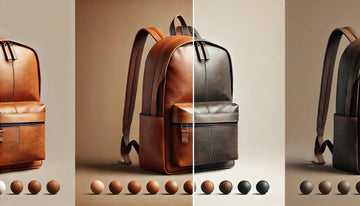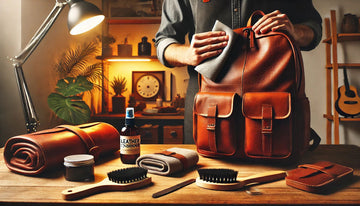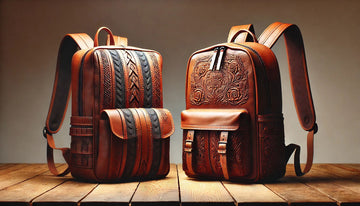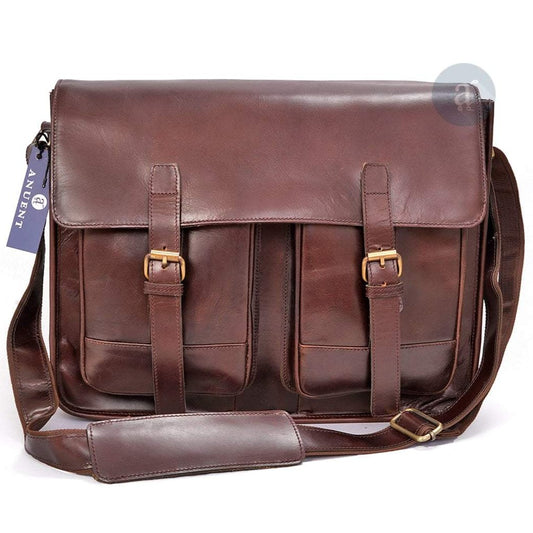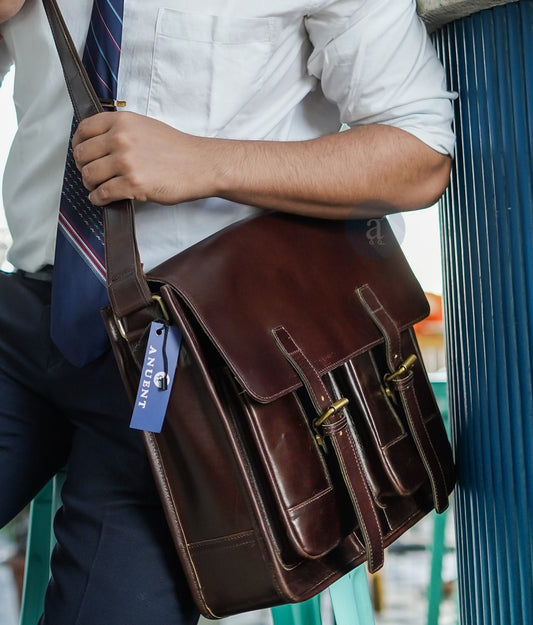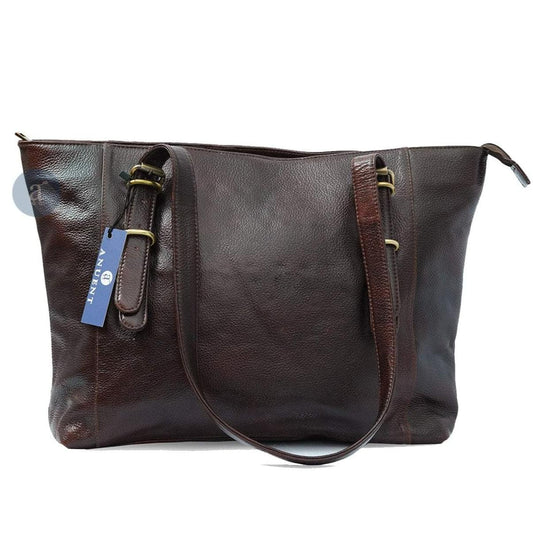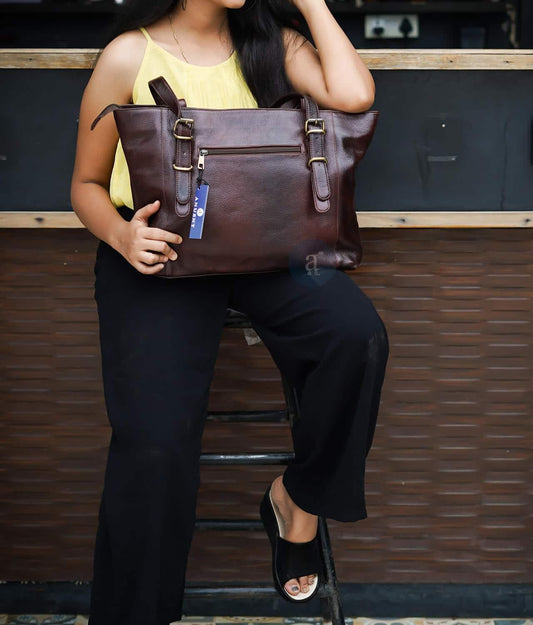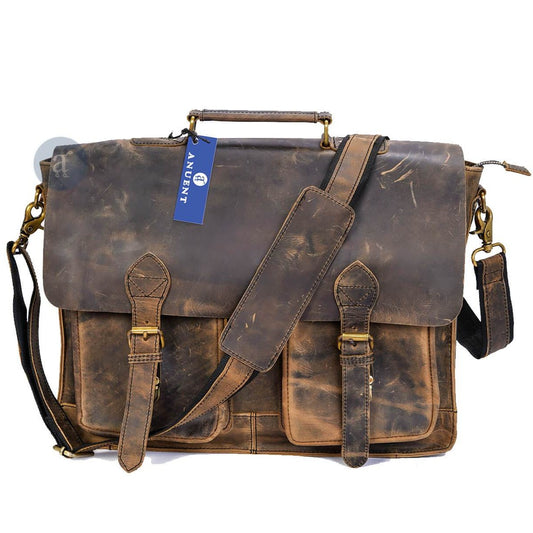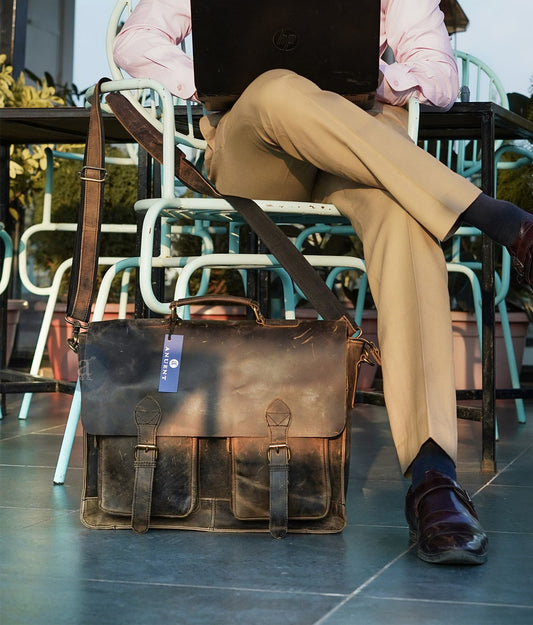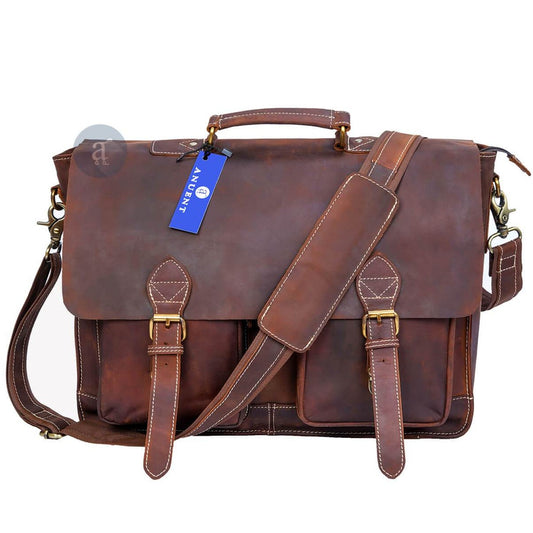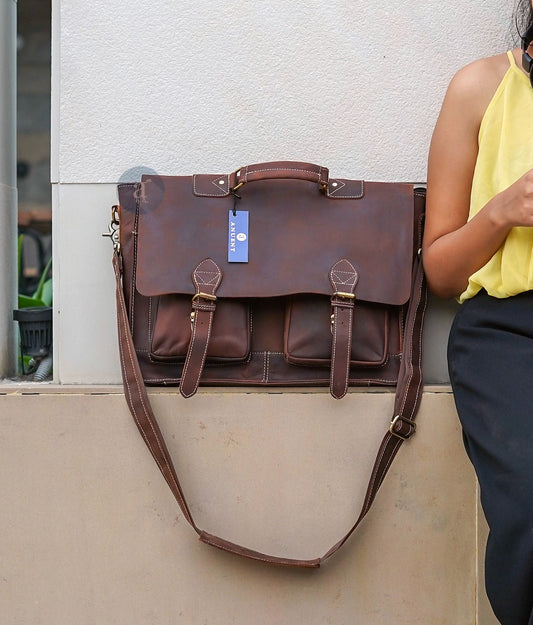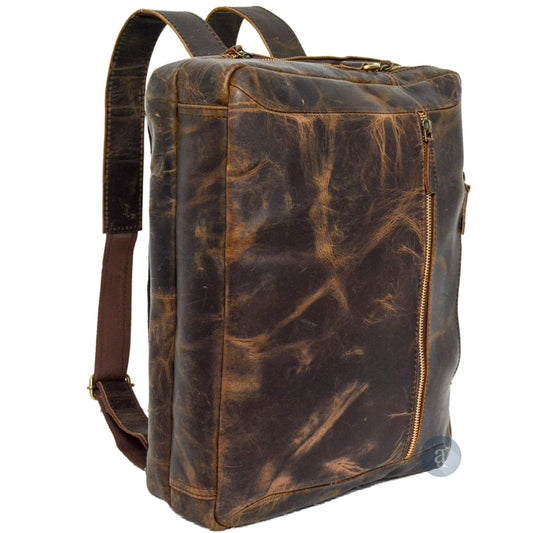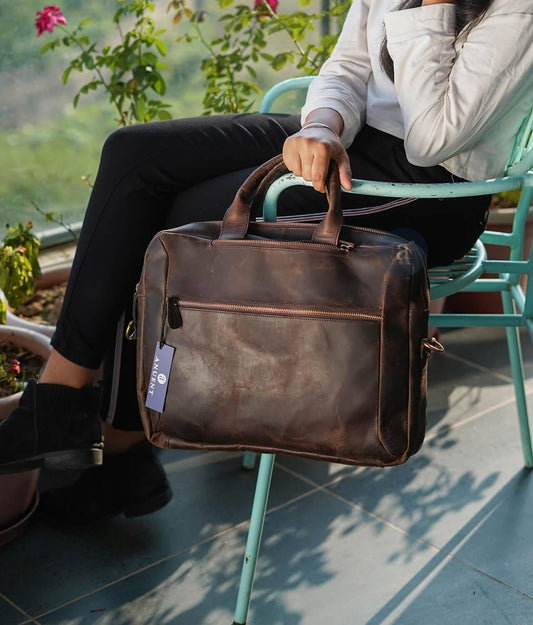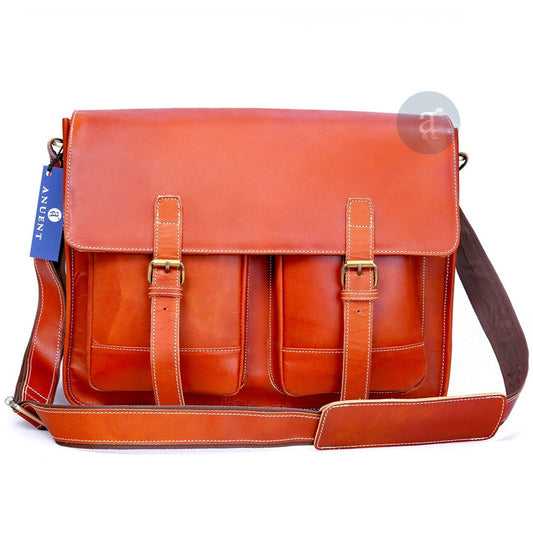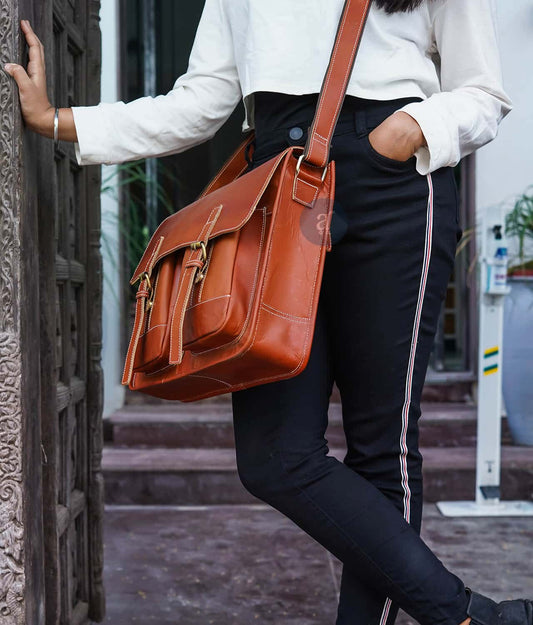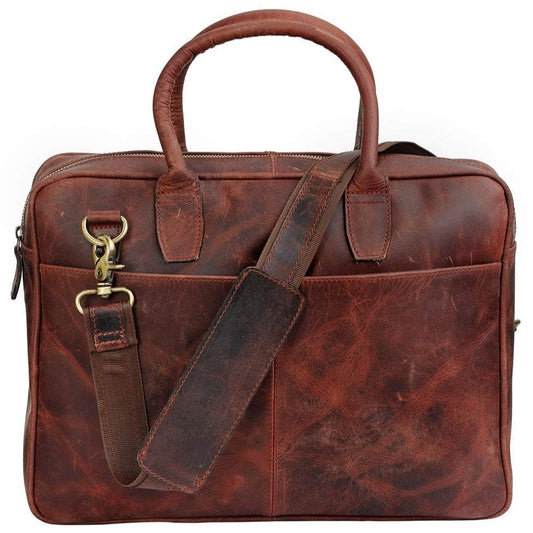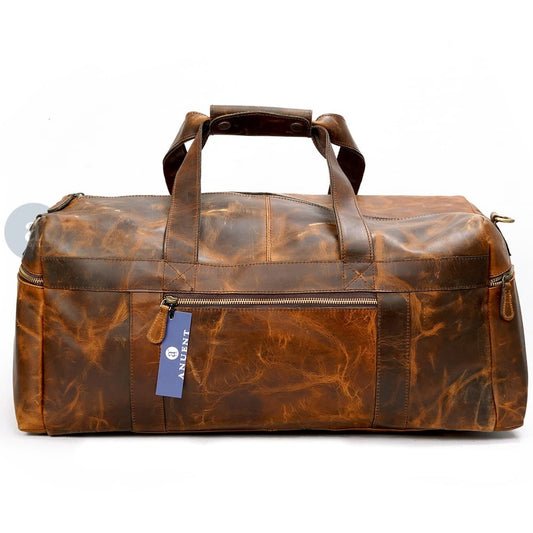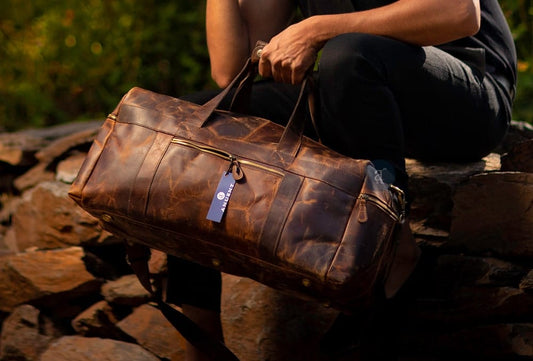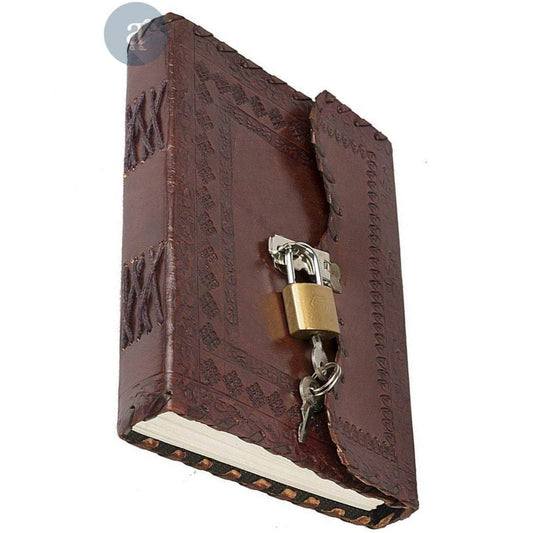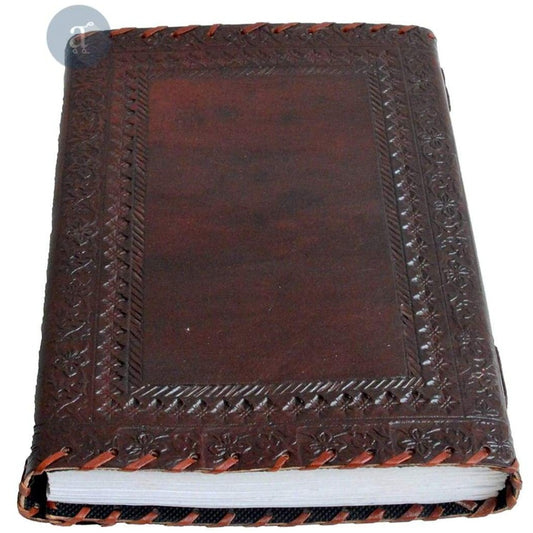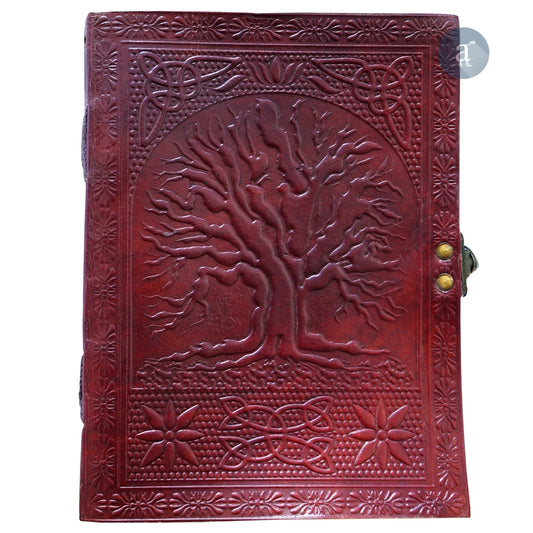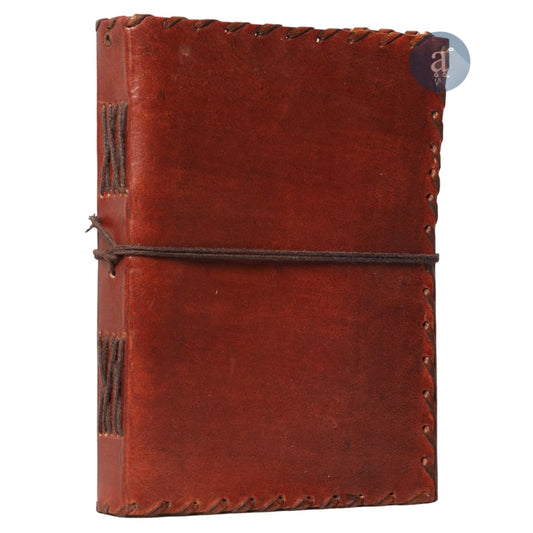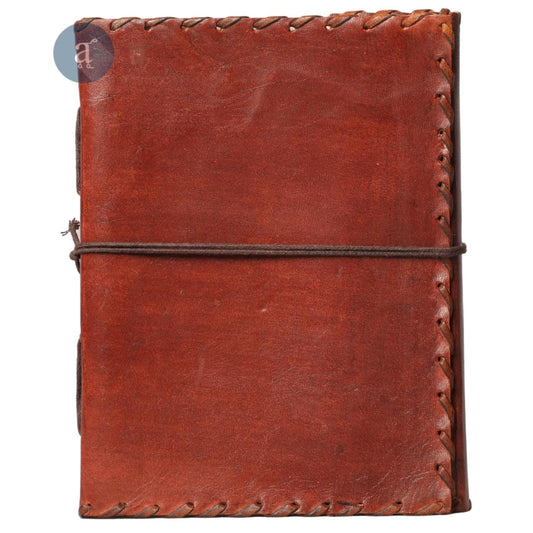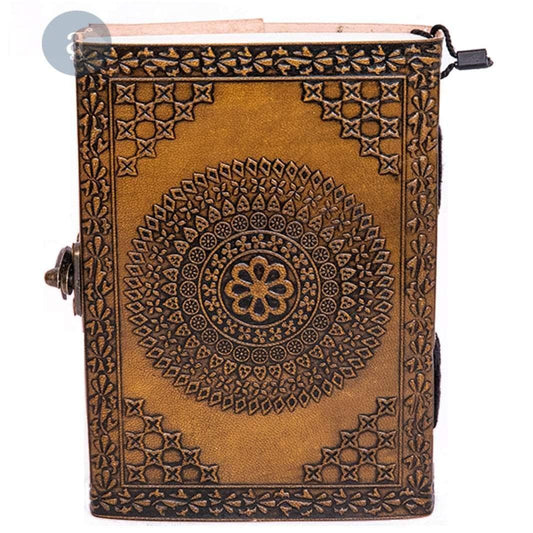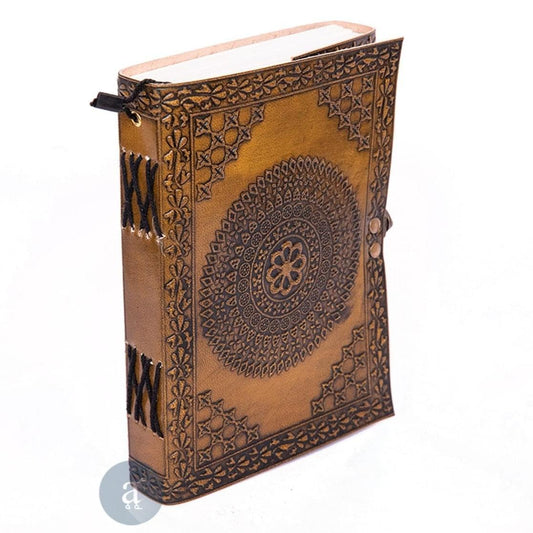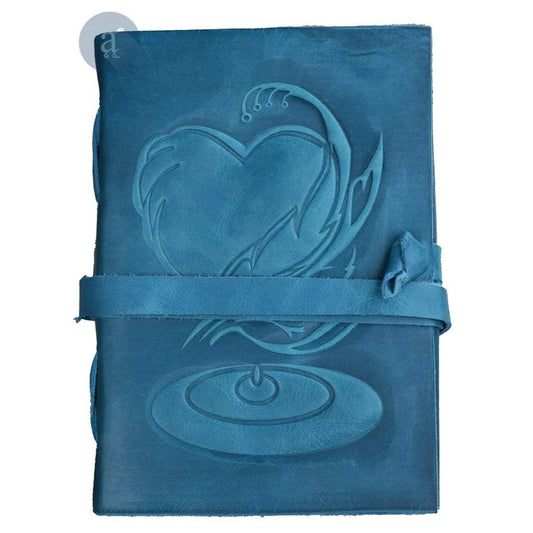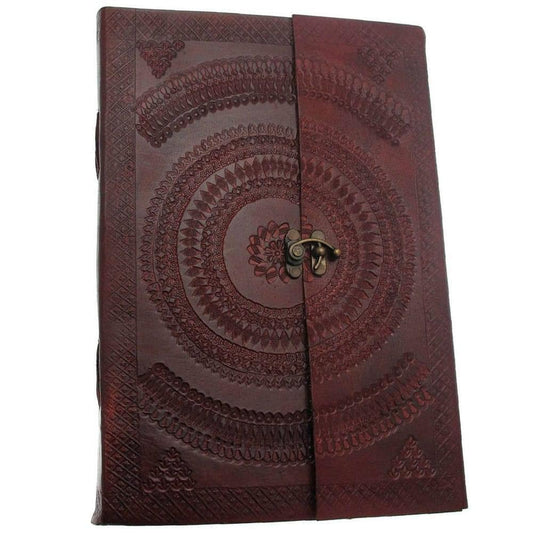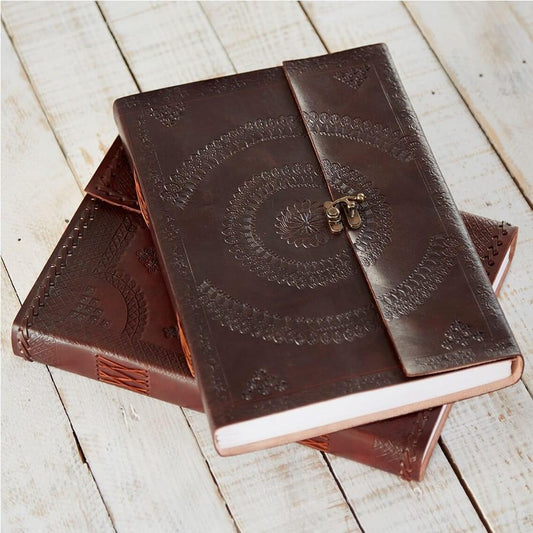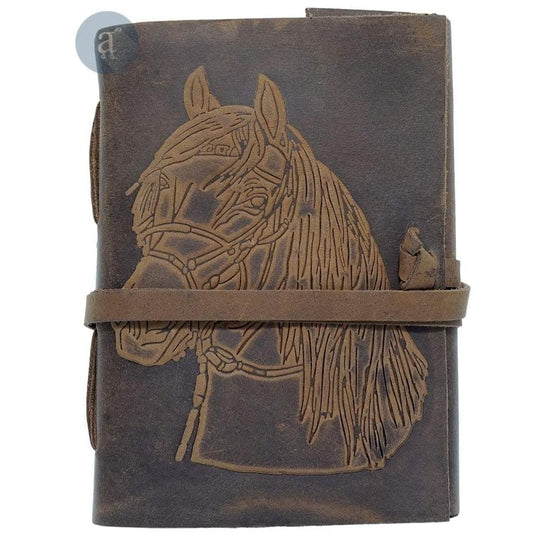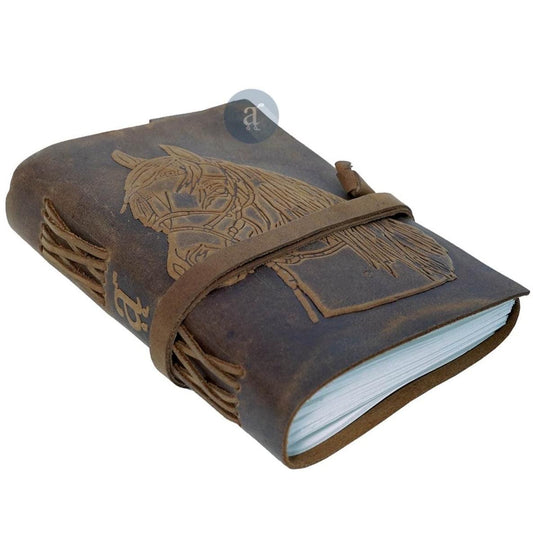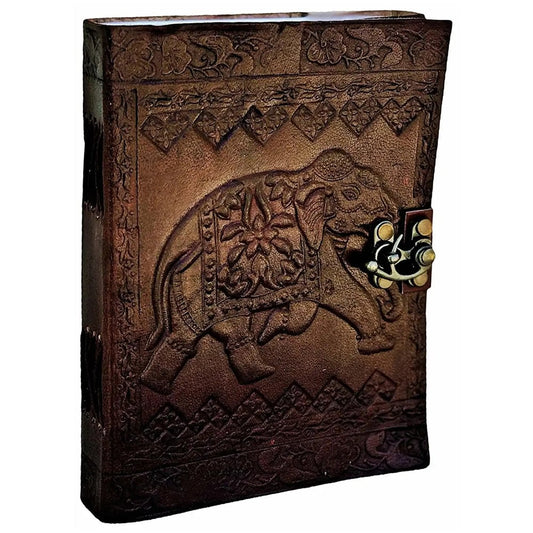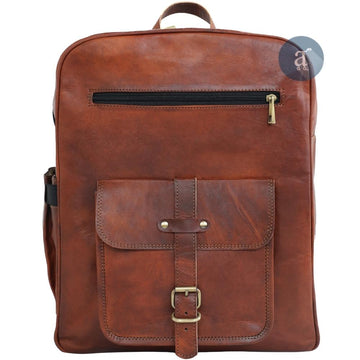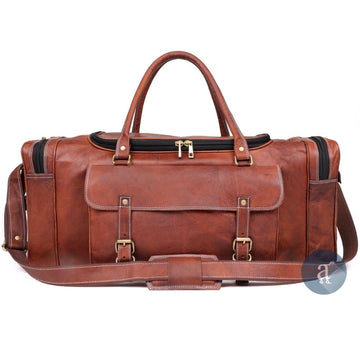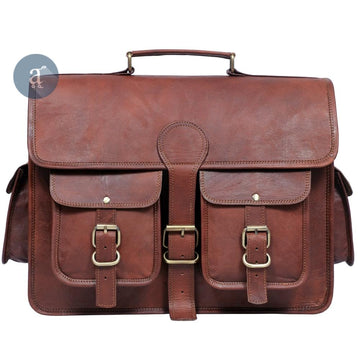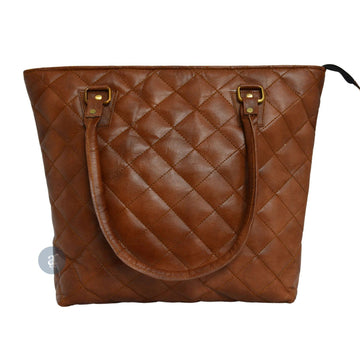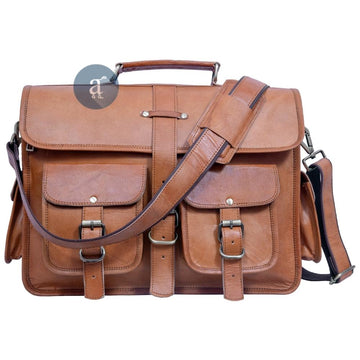If you are on the hunt for a leather backpack, one of the biggest decisions you will face is choosing between genuine leather and faux leather.
Both materials have their pros and cons, and knowing the differences will help you make an informed decision.
In this guide, we break down the key factors: durability, cost, ethics, and aesthetics, so you can decide which option best suits your needs.
What is genuine leather?
The true leather is usually made from animal hides. Animal hides come mostly from cows but can also be from goats and sheep.
Natural material that gets tanned in order to provide durability and strength against wear.
Key characteristics of genuine leather:
It is quite durable. With good care, the genuine leather backpack can easily outlast your own lifetime.
- Age: Genuine leather becomes more beautiful and develops a wonderful patina as it ages.
- Texture: The natural texture, with a few irregularities, adds to the beauty of this material.
- Price: It's expensive because genuine leather takes so much time and effort to manufacture and has better quality material.
What is faux leather?
Faux leather, also referred to as synthetic or vegan leather, is a man-made material that mimics the aesthetic and feel of genuine leather.
It's commonly produced using polyurethane (PU) or polyvinyl chloride (PVC).
Key features of faux leather:
- Affordability: Faux leather is much more affordable than real leather, thus accessible to a larger market.
- Consistency: It has a uniform texture and visual appearance, which some people prefer for a sleek, modern look.
- Ethics: Faux leather is animal-free, hence a favorite for many vegans and environmentally responsible consumers.
- Durability: It can look great on first impression but is less durable and can crack or peel with time, especially if this material is frequently used heavily.
Example: A faux leather backpack from brands like Matt & Nat or Vera Bradley can cost 50–50–150, which is quite budget-friendly.
Durability: Which lasts longer?
In terms of durability, natural leather takes the front stage.
It resists tearing and scratches, and it becomes more beautiful with time.
Faux leather, on the other hand, cracks and peels easily, and this happens easily in extreme weather conditions.
Pro tip: If you need a backpack to withstand daily use, genuine leather is the way to go. However, if you need something light, affordable, and occasional, faux leather might do.
Cost: Is genuine leather worth the investment?
Genuine leather backpacks are more expensive upfront, but their longevity often makes them a better value in the long run.
Faux leather backpacks are cheaper initially but may need to be replaced more frequently, potentially costing more over time.
Ethics and sustainability
The ethical debate between genuine and faux leather is complex.
- Real leather: It is a byproduct of the meat industry, and some say that using animal hides reduces waste. However, the tanning process can be harmful to the environment if not done responsibly.
- Faux leather: It is cruelty-free but often made from petroleum-based materials, which are not biodegradable and can harm the environment.
- Sustainable alternatives: Look for brands that use eco-friendly practices, such as vegetable-tanned leather or recycled materials for faux leather.
Aesthetics and style
Both materials offer distinct aesthetic appeals:
- Genuine leather: Exudes a classic, timeless look that improves with age.
- Faux leather: Offers a sleek, modern appearance with consistent texture and color.
Example: A genuine leather backpack is perfect for a professional or vintage-inspired look, while a faux leather backpack suits a minimalist, contemporary style.
Maintenance and care
- Genuine leather: Requires regular conditioning to maintain its softness and prevent drying or cracking.
- Faux leather: Easy to clean (just wipe with a damp cloth) but less resistant to long-term wear.
Also, read Latest leather backpack designs for 2025
Conclusion: Which should you choose?
Ultimately, the choice between genuine and faux leather backpacks comes down to your priorities:
Choose Genuine Leather if you want something that's tough and stylish for decades to come, and you're willing to spend on something that lasts for years.
Choose Faux Leather if you're budget-constrained, like a cruelty-free option, or just want something lightweight and stylish for a little use.
By knowing the differences, you can choose a backpack that meets your style, values, and budget.

